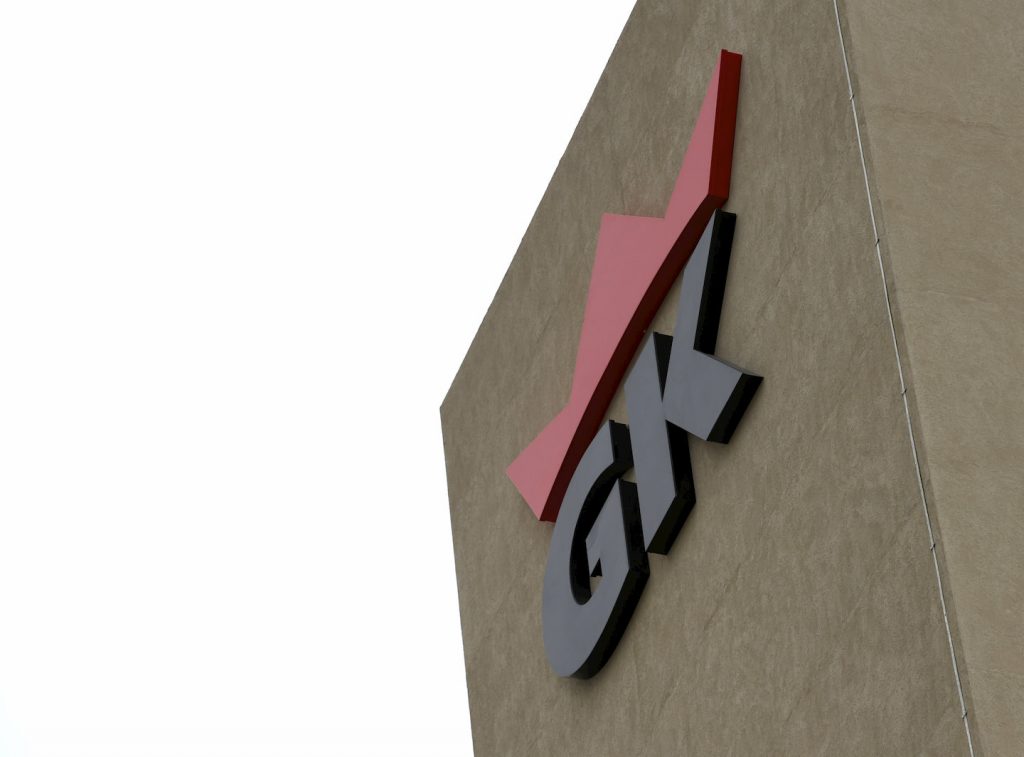Picture yourself as the owner of a small business, falling somewhere in the all-encompassing category that includes micro, small, and medium-sized enterprises (MSME).
For years you have heard the messaging from financial institutions that they all want to reach out to you, because you represent a very important and profitable target audience for financial services. For as many years as you have heard the messaging, you have been waiting for the outreach to turn up at your door. But the outreach is still just out of reach.
If you need evidence of this, go no further than the well-organised convocation on July 3, 2019, themed ‘Time for Growth: Unlocking the Power of MSMEs’, spearheaded by the Private Sector Organization of Jamaica (PSOJ). That event was the latest major outreach to you. The fact that it was organised on such a large and professional scale was tacit admission that, to date, the outreach is still just out of reach.
Well, let me tilt the table just a little. Instead of asking the banks to do more, how about you doing more (of course, with the help and cooperation of the bank). My focus is on one set of circumstances, because I believe in doing this outreach a little at a time. That set of circumstances is applying for a loan.
I can hear the chorus rising: “But that is all I need!!” No, it is not. There is much more, but all I will treat here is applying for a loan.
Today when you apply for a loan, the bank tells you they need a loan proposal outline and a company profile, historical and projected financial statements, and a multitude of other required documents. You dutifully compile everything and send it to the bank. The bank does its analysis and investigations and, sometime later, comes back to you with a response. You accept the response, with resignation, whether it is good, bad or indifferent.
Forget that! That is not how outreach works.
When you need a loan, send them nothing. Tell the bank to provide you with their lending and analytical criteria for a company in your industry peer group. What are the balance sheets and operating ratios that are used in the decision-making process? What is the median level of these ratios in the industry peer group used to benchmark your application? Generally, what are the major disqualifying factors?
This is you reaching out to the bank. What is the point of submitting a loan package that, on its face, does not qualify, but you have to wait two weeks or more to hear that from the bank? Determining financial ratios is not complicated. The bank does not have a secret formula for calculating these.
Further, the categorisation of certain items in the financial statements can skew ratio calculations. If you know the required ratios beforehand, you can reassess how you categorise these items to be closer in line with your industry peers. There is always a case where a certain expenditure, or asset, or a revenue item aggregated and indistinguishable within the category of sales, impacts the overall analysis of the performance of the company. You know what these are. The bank doesn’t.
If you do the analysis, it allows you the opportunity to detail and explain the rationale for these items that could affect the overall analysis. How many times have you received a call from the credit analyst at the bank to ask about items in the financial statements that seem unusual or even problematic?
Projections are affected also. The typical inclination is to project the future activity of the company based on its historical performance. If you have an embedded reporting and categorisation structure or item in the financial statements that reflects negatively on performance, you will perpetuate it in the projections. So, you are not only hurting yourself now, but you intend to hurt yourself going forward.
If the bank will respond to your outreach and share the benchmark analytics, this can easily be cured. Developing projected income statements, balance sheet and cash flow statements is no easy task. It is futile to prepare these without knowing that your assumptions and calculations are within the ‘ballpark’ of acceptable analytical conclusions.
This outreach works for both sides. The bank will receive a thorough loan proposal, knowing that the content is consistent and relevant to its own evaluation process. The adjudication process is made much smoother. It could even shorten the response time to the borrower.
On the other side, you have given yourself the best possible chance of succeeding. You know beforehand where you meet or exceed or fall short of the bank’s own criteria. Your expectations are much better informed.
I have seen this approach work, and work very well. There is a development agency that provides, as part of the application process, a systematic evaluation programme based on your application inputs. Your application is automatically graded in several different operational areas before you even submit it. There is no better basis on which to manage your expectations. The banks, internally, probably have such an evaluation programme. But you do not know it. That is the difference.
Tilting the table just a little, the customer reaching out to the bank, instead of the other way around, could begin to bridge the bank-MSME divide.
G. Keith Summers is a business and financial consultant for small and medium-sized enterprises and a former lecturer at the International University of the Caribbean.







